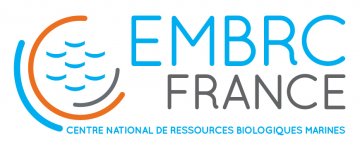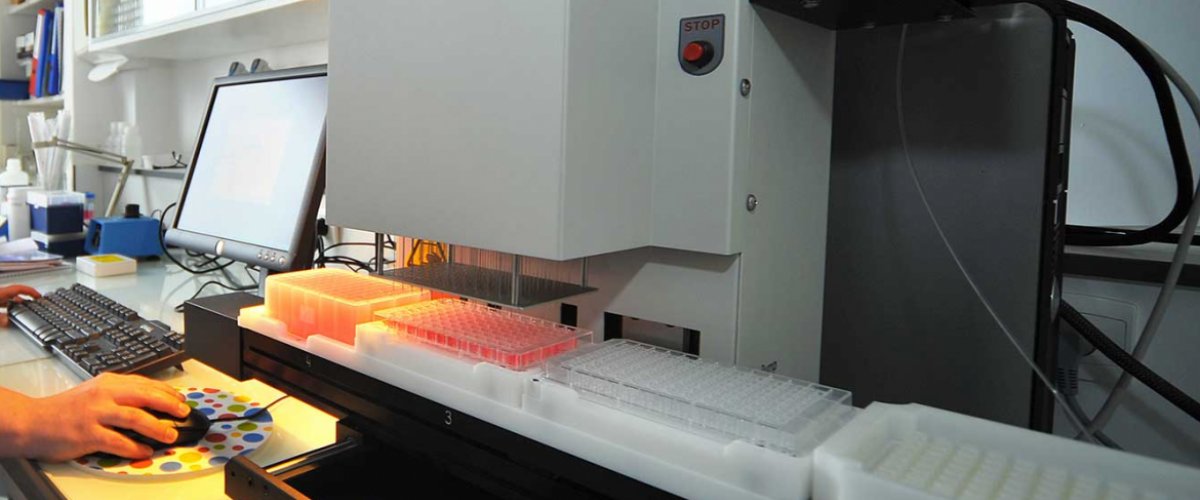Crystallography platform / services
Services of the crystallography core facilities
The Crystalline Crystogenesis Service Technical Manager performs the sample validation analyzes and makes the necessary improvements.
The person in charge or a trained user looks for the conditions of crystallization with the Crystal Gryphon nano-drop robot, with adequate procedure.
The observations of the screening boxes are made with the Cryslatl cram automatic camera. These observations will identify the conditions of crystallization. Then they will be reproduced in larger volume by the technique of drops suspended in 24-well plates with the method of vapor diffusion in suspended drops.
Once the condition is reproduced, it will be optimized by refinement using all necessary techniques
When the quality of the crystal is sufficient or the protein stock is sufficient, the service will be able to reproduce the optimal condition several times in order to obtain enough crystals to facilitate its recovery and cryo-protectant tests.
If necessary the platform can also make available all of its equipment
If the crystallisation assays lead to crystals with diffraction power of at least 3 angstrom in the synchrotron (ESRF, Grenoble, France), structure determination can be initiated. When bioinformatics analysis reveals structural homologues of the crystallised protein, molecular replacement will be used to resolve the structure. Otherwise, isomorphous replacement methods can be employed using heavy-atom derivatives (e.g. selenomethionine, selenocysteine, etc.).
- Crystallisation of biological macromolecules
- Collection of diffraction data on-site and at the synchrotron
- Determination and refinement of 3D structures
- Molecular modelling: homologous proteins, protein-protein interactions, etc.
- Software for analysing structure/function relationships
- Development of potential applications








